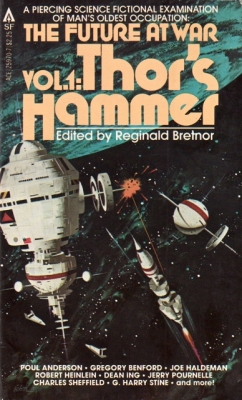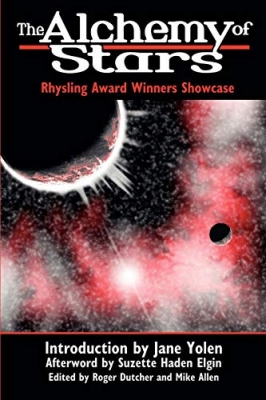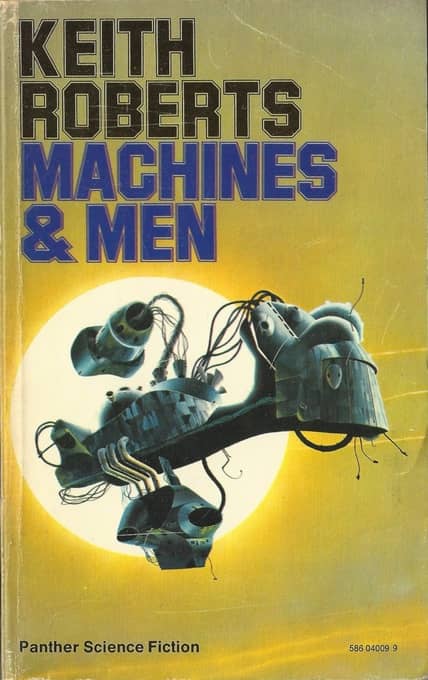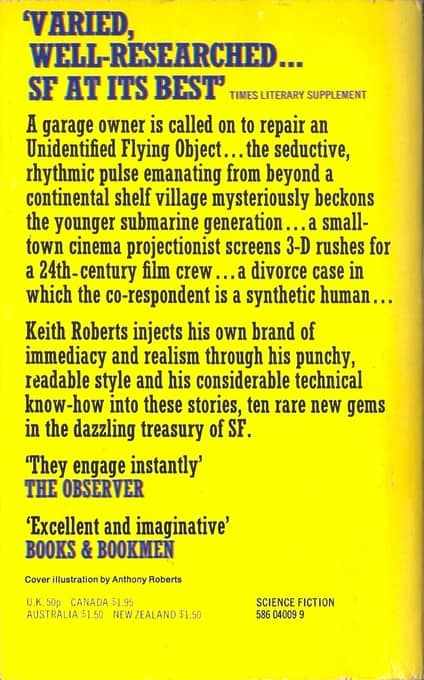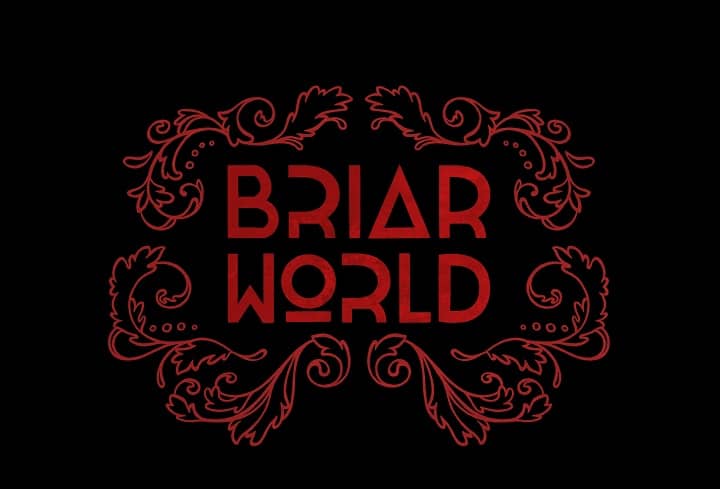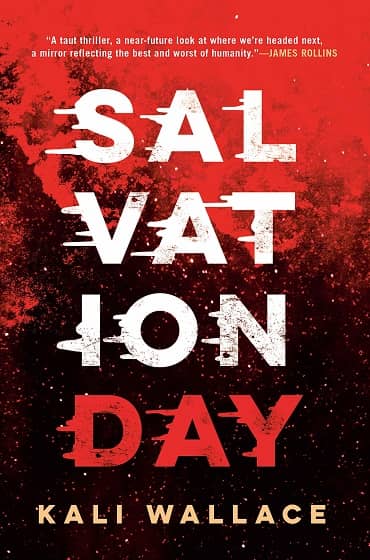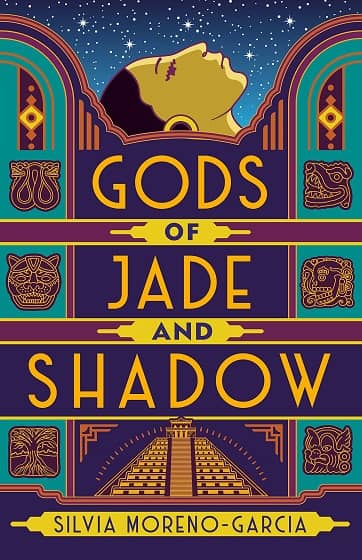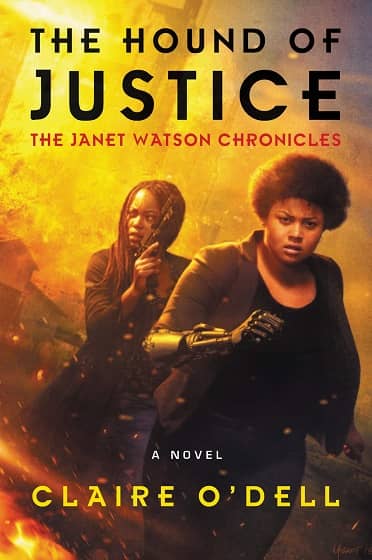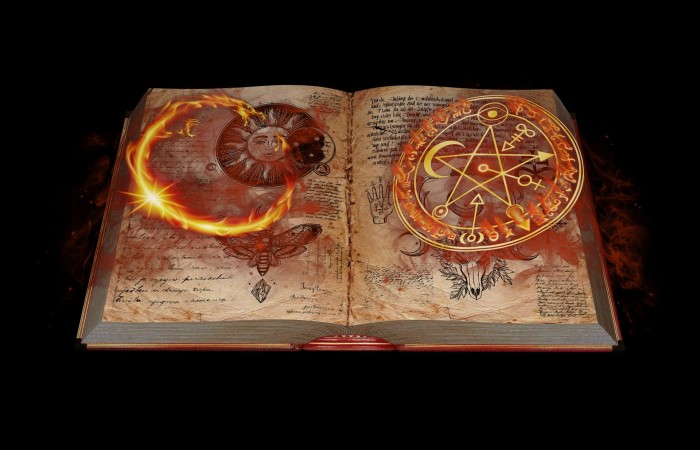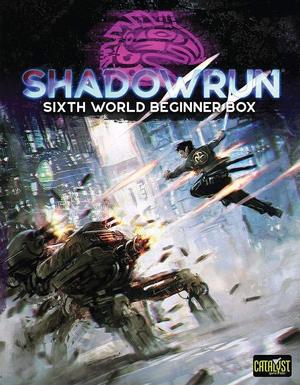The Definition of a Long Game: The Raven’s Mark Trilogy by Ed McDonald
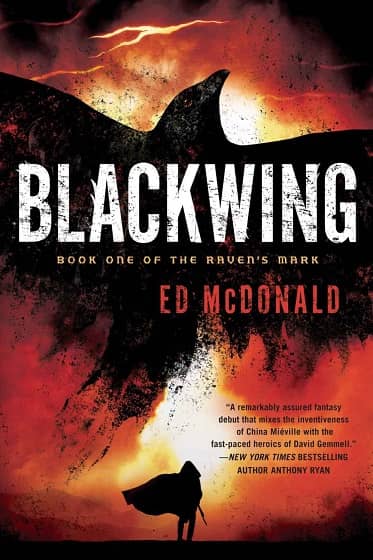 |
 |
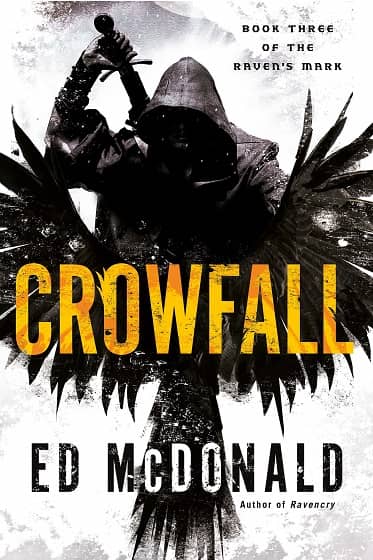 |
When I wrote about Ed McDonald’s Raven’s Mark trilogy back in November, in the comments reader H.P. shared a review of the opening novel from his blog. He said in part:
Blackwing has a lot going for it. The worldbuilding is tremendous, the action scenes bloody, the human interaction surprisingly poignant. The plot is well crafted. One of my favorite aspects is the depiction of the Nameless and Deep Kings. They are almost entirely offstage, but always near to mind. McDonald really dives into what it means to get caught in a struggle between immortals. It is the definition of a long game, and not one where you worry too much about the odd pawn.
That piqued my interest, to say the least. I don’t have time to read a lot of trilogies, but I think I’ll make an exception in this case — especially now that the final volume, Crowfall, has arrived. In his survey of The Best Science Fiction & Fantasy Books of July, Jeff Somers sums it all up nicely:
The third book in the Raven’s Mark series finds the Deep Kings close to a final victory, as the Range — the last line of defense between them and the republic — and the Nameless — the gods who have long protected it — are both broken. Without the strength of the Nameless, the Blackwing captains are toppling one after another as the Deep Kings ready one final, decisive blow. Ryhalt Galharrow has been in the wasteland known as the Misery for so long it has become a part of him, and the Blackwing captains line up behind him for one last mission that will decide the fate of the republic for once and for all. McDonald’s talent for creating characters you’ll love and then showing them no mercy has not abated as he brings his trilogy to a rousing close.
Crowfall was published by Ace Books on July 2. It is 416 pages, priced at $18 in paperback and $9.99 in digital formats. See all our recent coverage of the best new Series Fantasy here.
